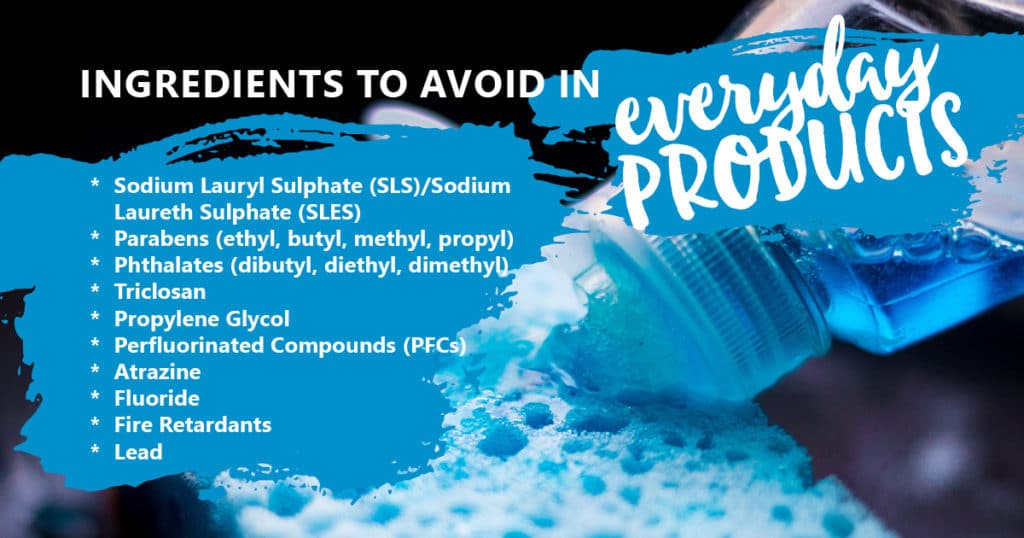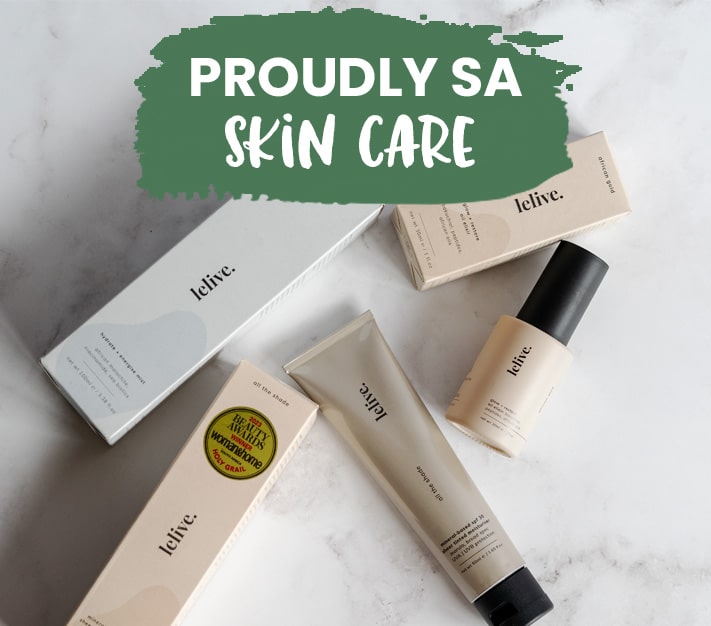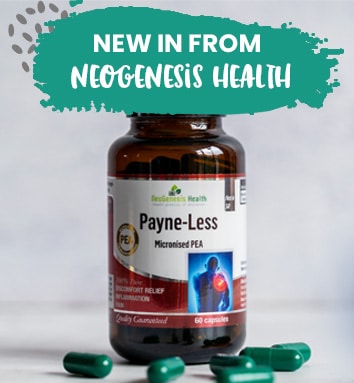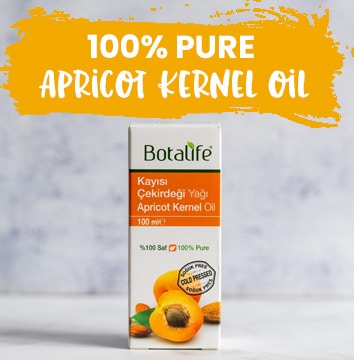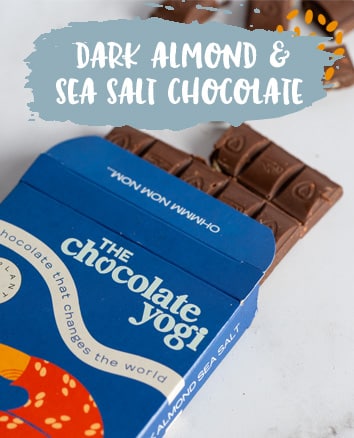Central to Organic Choice is our ingredient policy. Every single product that we stock has been carefully analysed by the team, and only products that meet our strict ingredients policy have been approved to be on our shelves.
Why do we do that? Is really necessary to read the ingredients list on all products?
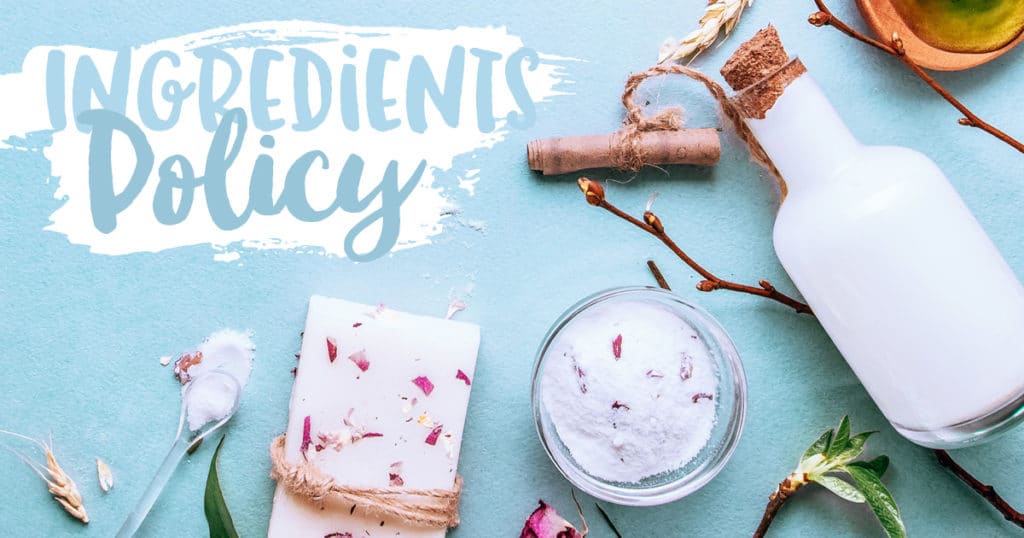
Most of us know what organic means and why organic food is better for us, but have you ever read the ingredients on a shampoo bottle or dishwashing liquid? Have you ever questioned what parabens, diethanolamine (DEA), sodium lauryl/laureth sulphate (SLS) or phthalates are? We rely on legislation and regulation bodies to control what is used and entrust our health and lives in the hands of a system that works on the presumption that chemicals are safe until proven hazardous.
Many synthetic ingredients, classified as toxic or potentially dangerous, have been used in beauty and cleaning products for decades. They are allowed by existing regulations because the application of small quantities of chemicals is considered to be safe. However, recent scientific research shows that long term exposure to tiny doses of chemicals can have the same disastrous effects on health as exposure to large doses.
With about 80,000 different chemicals present in our life – from our food, cosmetics and medicines to furniture and cell phones – only about 2,000 are properly assessed for safety. We can’t afford to be ignorant.
Organic Choice was created to help more people understand what goes into the products we use every day.
We provide information about the latest research and data of ingredients, the effects of synthetic additives on our health, eco-living tips, organic news and much more.
You will never find the ingredients below (plus quite a few more) in the products we offer and sell.
Ingredients to avoid in foods:
1.Monosodium Glutamate (MSG) – Flavour enhancer often found in soups, seasonings, frozen entrees, sauces, cold drinks and many restaurant foods, MSG is known to over-excite brain cells in the hypothalamus. Studies have shown this may increase hunger and trigger strong food cravings, leading you to overeat. Some people do have a sensitivity to MSG and may experience symptoms like headaches, sweating and numbness after eating a large amount.
2.High-fructose corn syrup (HFCS) and artificial sweeteners (sucralose, aspartame, and saccharine) – HFCS is a highly refined sweetener that’s found in most processed foods, particularly soda, juice, candy, breakfast cereals and snack foods. This additive is so calorie-dense it’s one of the major contributors to the obesity epidemic. Like trans fats, it raises bad cholesterol levels and can lead to diabetes. Artificial sweeteners are used in many diet foods and beverages to enhance sweetness while reducing calorie content. Artificial sweeteners are made with chemicals known to be neurotoxins and carcinogens, affecting brain function. Some of these chemicals affect your weight by triggering the hormone that instructs your body to store fat, and decreasing levels of serotonin (which regulates your mood, sleep cycle, and digestion).
3.Synthetic Growth hormones (rBST and rBGH) – Recombinant bovine growth hormone (rBGH) or recombinant bovine somatotropin (rBST) are used to increase milk production in cows. Cows given the hormone are more prone to udder infections and thus are given more antibiotics than cows that are not treated with the hormone. Studies have linked growth hormones, which are given to conventionally raised dairy cows and cattle, to early puberty and obesity.
4.Artificial/Synthetic Colourants (dyes) – Artificial food colouring is used to brighten and improve the appearance of everything from candies to condiments. In recent years, though, there have been many concerns about potential health effects and artificial food colouring has been linked to attention-deficit/hyperactivity disorder (ADHD), chromosomal damage, and thyroid cancer, among other conditions. Specific food dyes like Blue no. 1 (also known as Brilliant Blue FCF or E133), Blue no. 2 (also known as Indigo Carmine or E132), Red no. 40 (also known as Allura Red AC or E129), Yellow no. 5 (also known as Tartrazine or E102), and Yellow no. 6 (also known as Sunset Yellow FCF or E110) have been associated with allergic reactions in some people.
Also look out for the letters D&C preceding a colour. They are considered carcinogenic to humans by the International Agency for Research on Cancer but are approved for use in drugs and cosmetics. Take lipstick for example, which come in an enormous array of colours. A red lipstick might be called Red 33 Lake, but the colour code is actually C1 17200. This is frightening considering that once applied, it can be very easily ingested.
5.Artificial flavours – Artificial flavours are chemicals designed to mimic the taste of other ingredients. They can be used to imitate a variety of different flavours, from popcorn and caramel to fruit and beyond. Animal studies have found that these synthetic flavours could have some concerning effects on health and may be toxic to bone marrow cells. Look for “chocolate” or “cocoa” on the ingredients label rather than “chocolate flavouring” or “artificial flavouring.”
6.Sodium nitrites and nitrates – These food additives are used to preserve, flavour, and add colour to processed meats like bacon, ham, hot dogs and also wines. They’re carcinogenic, cause allergic reactions and headaches and can negatively affect the function of the liver and pancreas, the organ responsible for insulin production.
7.Hydrogenated oils (Trans fats) – Trans fats are a type of unsaturated fat that has undergone hydrogenation, which increases shelf life and improves the consistency of products. It can be found in many types of processed foods like baked goods, margarine, microwave popcorn and biscuits. Trans fats are dangerous because they increase the body’s LDL (“bad”) cholesterol while decreasing HDL (“good”) cholesterol; they also heighten the risk of heart disease, diabetes, and a host of other health problems. Trans fats have been banned, but it is still going to be several years for these evil fats to be rooted out of our food supply. You can also make a few simple switches in your diet, like using butter instead of margarine and swapping out vegetable oils for olive oil or coconut oil instead.
8.Butylated hydroxyanisole (BHA) and butylated hydroxytoluene (BHT) – You’ll find these preservatives in cereals, chewing gum, and potato chips. In large quantities, both BHA and BHT can wreak havoc in your body, from disrupting your endocrine system to producing cancer-causing compounds.
9.Sodium Benzoate and Potassium Benzoate – Potassium and sodium benzoate are preservatives added to soft drinks and acidic foods like salad dressings, pickles, fruit juices and condiments to inhibit the growth of mould, bacteria and yeast. One study found that combining sodium benzoate with artificial food colouring increased hyperactivity in 3-year-old children. Another study showed that a higher intake of beverages containing sodium benzoate was associated with more symptoms of ADHD in 475 college students. When combined with vitamin C, or light and heat, benzoate can also be converted into benzene, a compound that may be associated with cancer development. Carbonated beverages contain the highest concentration of benzene, and diet or sugar-free beverages are even more prone to benzene formation. To minimize your intake of sodium benzoate, check the labels of your food carefully. Avoid foods that contain ingredients like benzoic acid, benzene or benzoate, especially if combined with a source of vitamin C such as citric acid or ascorbic acid.
10.Bisphenol A (BPA) – BPA is not necessarily a food ingredient, but is found in the epoxy resin lining aluminium cans, the lining of some glass jar lids, cash register receipts and some plastic bottles and containers. There is more and more research linking BPA to many reproductive disorders, such as infertility, cancer and abnormalities in child growth. Look for BPA-free cans and containers and avoid microwaving in plastic.
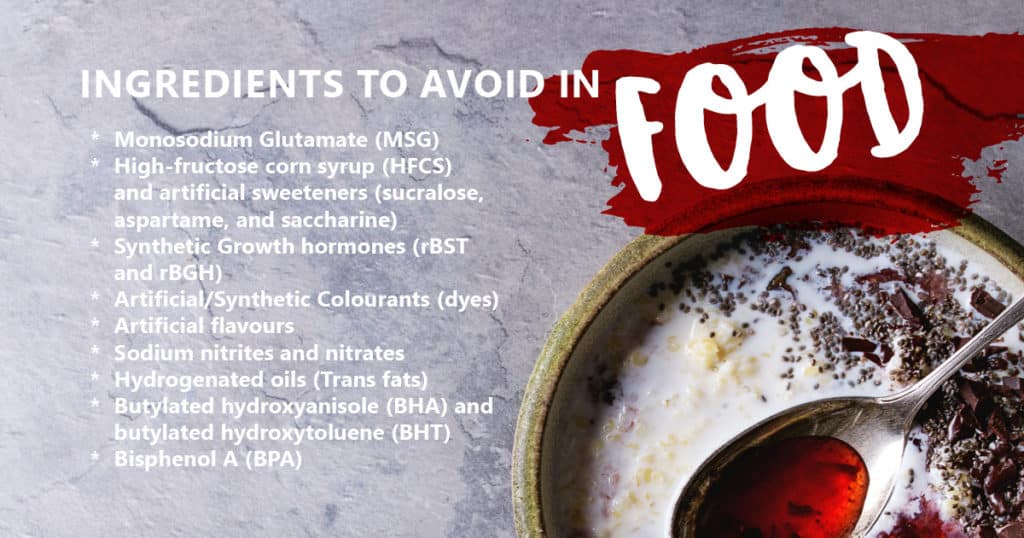
Ingredients to avoid in everyday products:
1.Sodium Lauryl Sulphate (SLS)/Sodium Laureth Sulphate (SLES) – It is found in more than 90% of personal care and cleaning products like shampoos, mascara, acne treatment, body wash and household cleaning products. When SLS/SLES interacts with other chemicals (like many listed above) it forms nitrosamines – a carcinogen. It can affect the skin, eyes, kidneys and the lungs.
2.Parabens (ethyl, butyl, methyl, propyl) – These are preservatives that stop the growth of bacteria in products. But they also produce estrogen-mimicking properties that are associated with an increased risk of cancers such as breast cancer. A study done in the UK found that biopsied breast cancer tumours contained traces of parabens. Read all your labels carefully, as parabens are not only found in personal care products but also in food and pharmaceutical products. Here’s a post about how to avoid parabens.
3.Phthalates (dibutyl, diethyl, dimethyl) – These are a group of chemicals found in the majority of nail polishes, perfumes, lotions, and hairsprays. They are endocrine disruptors and are linked to breast cancer and reproductive birth defects. Scarily, you often won’t even see these on the label as they can be legally ‘hidden’ under ‘fragrance/parfum’. Here’s a post about how to avoid phthalates.
4.Triclosan – This is widely used as an antimicrobial chemical, and also an endocrine disruptor – particularly targeting the thyroid and reproductive hormones. It is also a skin irritant. Not only that, triclosan is known to contribute to making bacteria antibiotic resistant. Think hand sanitisers, antibacterial soaps, toothpaste, and deodorants.
5.Propylene Glycol – Found in moisturisers, sunscreen, makeup products, conditioners, shampoos and hairspray. It’s a small organic alcohol compound that is used as a skin conditioning agent. It is actually classified as a skin irritant and penetrator. It can cause hives and dermatitis.
6.Perfluorinated Compounds (PFCs) – PFCs are used in the manufacture of non-stick cookware, and they could be detrimental to your health. PFCs have been shown to be toxic in animal studies, exerting negative reproductive, developmental and systemic effects. The risk really occurs when the pans/pots are heated too high or when they become scratched. Make sure you use a wooden or a silicone utensil because PFCs can be dislodged in that non-stick coating when it gets scratched.
7.Atrazine – Drinking water is a major source of atrazine, one of the most common pesticides used to control weeds in the cultivation of corn, sorghum and sugarcane. The problems that it causes are an increased risk for cancer as well as increased cardiovascular risks. Atrazine, together with the more commonly used pesticides, can be effectively removed from water by passing it through a granular activated carbon water filter.
8.Fluoride – Fluoride is found naturally in soil, water, and foods. It is also produced synthetically for use in drinking water, toothpaste, mouthwashes and various chemical products. Fluoride comes from fluorine, which is a common, natural, and abundant element. Adding fluoride to the water supply reduces the incidence of tooth decay as it protects teeth from decay by demineralization and remineralization. Too much fluoride can lead to dental fluorosis or skeletal fluorosis, which can damage bones and joints. In some cases, excess fluoride can damage the parathyroid gland. This can result in hyperparathyroidism, which involves uncontrolled secretion of parathyroid hormones. In 2017, a report was published suggesting that exposure to fluoride before birth could lead to poorer cognitive outcomes in the future. In 2014, fluoride was documented as a neurotoxin that could be hazardous to child development.
9.Fire Retardants – Found in household products such as upholstered furniture, mattresses, carpet padding, electronics and in the foam of kids’ products such as car seats, changing tables, nap mats and nursing pillows, fire retardants are meant to keep you safe, but they could be doing more harm than good. According to the Environmental Working Group, the contaminants leak out of products and adhere to children’s hands and other items they may put in their mouths. Even low exposure during development could cause reproductive damage and issues with behaviour, memory, hearing, learning and motor skills in children. Polybrominated diphenyl ethers are cited as being among the most toxic fire retardants.
10.Lead – Found in lead-based paint and some cosmetics. Low levels of lead can cause high blood pressure, compromised brain and kidney function and increased risk of miscarriage. In children, lead can cause developmental and behavioural problems, premature birth, low birth weight and learning difficulties. Lead dust created during the normal wear and tear of lead-based paint surfaces produces the most common source of poisoning.
